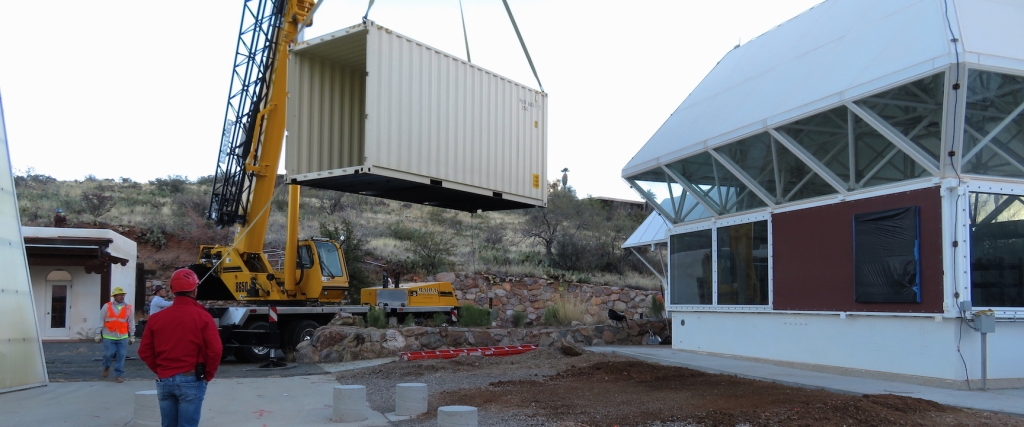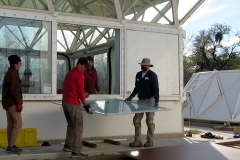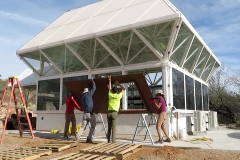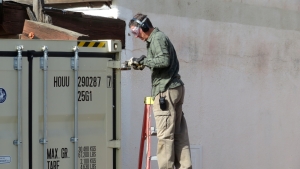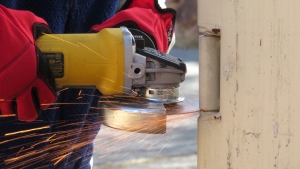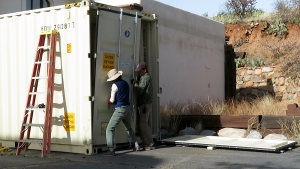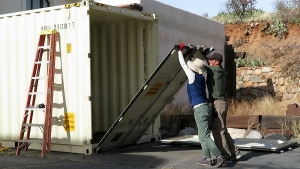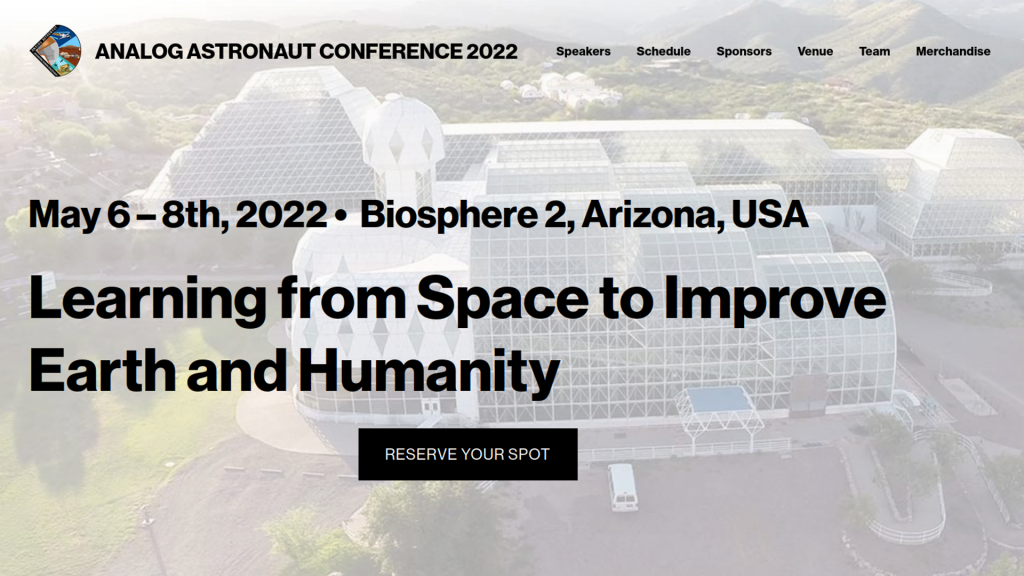Happy One Year Anniversary!
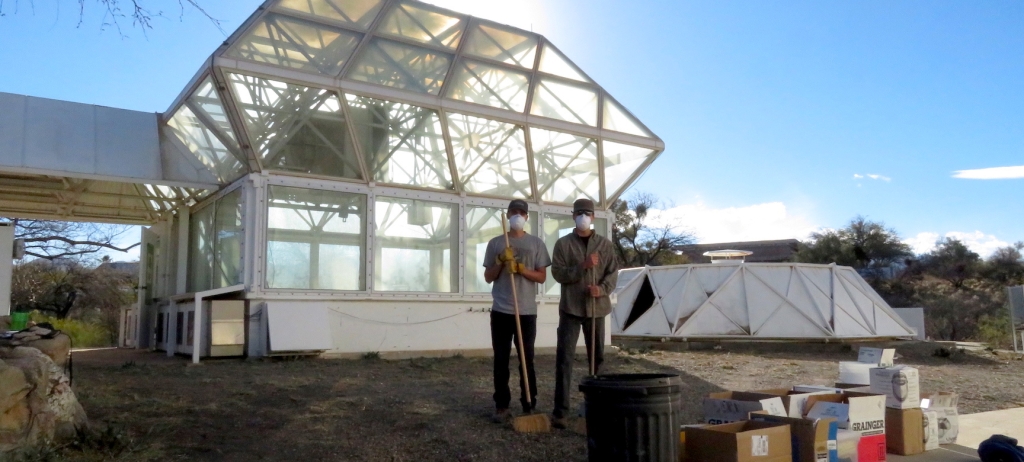
One year ago today Trent and Kai stood in front of the historic Test Module at Biosphere 2 and while smiling for the camera thought, “What the hell are we getting ourselves into?!”
It feels like a lifetime ago, far more than just nine months in one year (the summer spent in cooler climes). We have dug, cut, scraped, cleaned, welded, primed, wired, and assembled as only these photos essays can provide detail.
It’s been an incredible journey, a tremendous learning process, and we’re still going strong!


